#east lake
Text


I need this.
3 notes
·
View notes
Photo

Lupita Nail Salon, Minneapolis
#East Lake#Graffiti#Lake Street#Lupita#Lupita Nail Salon#Minneapolis#Minnesota#Nail Salon#Neon Sign#OPEN#Salon
0 notes
Text

something something playing with fyre
#burning man#fyre festival#mar posts#plus jimmy buffet is dead. dadrock hippies are getting it in the teeth today honestly#I think in general these folks who put together giant ‘festivals’ have a tendency to forget that Nature Bats Last#that Burning Man playa is literally a lake bed there is absolutely NOWHERE for water to go#I distinctly remember an entire desert getting up on its legs and swarming East#happily willing to drown/bury any entire civilization it encountered just two years ago
417 notes
·
View notes
Text
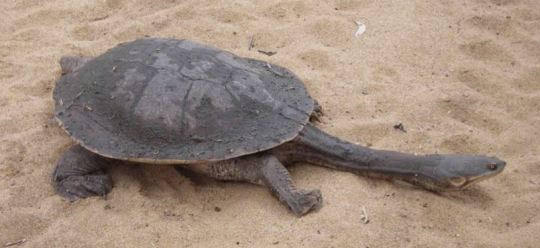
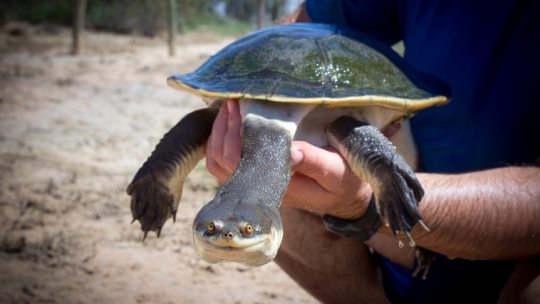

Abroad with the Broad Shelled Turtle
Chelodina expansa, more commonly known as the broad shelled turtle, is one of the largest freshwater turtles in Australia. The length of their shells can reach up to 50 cm (19.6 in), and their neck accounts for an additional 60-80% of their total length. Because of this length, C. expansa tucks its head in sideways as opposed to pulling it directly into its shell. At maximum, females reach a mass of 6 kg (13.2 lbs), while males only typically weigh about 4 kg (8.8 lbs). The top of the shell, or carapace, is dark brown or green, while the underside is a light cream; the same is true for the broad shelled turtle's head, neck, and legs. The feet are webbed, and have large claws which help adults to dig or fend off predators.
While they spend the winter buried in the mud, the broad shelled turtle is most active during the summer months, from November to March. During this time they are almost entirely aquatic, rarely emerging from the water even to bask. This species lives throughout the river basins of eastern Australia, and can be found in rivers, dams, lakes, and wetlands with plenty of vegetation cover. C. expansa is entirely carnivorous, feeding on crustaceans, aquatic insects, fish, and frogs via ambush, and carrion whenever it can find it. To locate prey, they have a keen sense of smell. Adults are not usually predated upon due to their thick shells and sharp claws, but eggs and juveniles are often prey for foxes, dingos, birds, rakalai, and large fish.
C. expansa nests in the winter, beginning in late February or March. Outside the mating season, individuals are generally solitary, but aggressive territoriality has not been observed. When mating time roles around, males seek out females to mate with; following the encounter, the female climbs out onto the bank and digs a nest for a clutch of anywhere from 5 to 28 eggs. To seal the nest, she then slams her body into the re-piled sand and mud, compacting it into a plug that will remain intact until the following year.
Incubation takes about 360 days, though some nests have been recorded as hatching at 500 days; this process is exceptionally slow due to the two periods of diapause, or developmental delays, that embryos pass through in order to survive the winter. Juveniles hatch in the spring, and emerge from the nest at the first heavy rain. It's unknown how long these turtles can live in the wild, but given their slow growth rate and adult invulnerability it's likely that they can live in excess of 20 years.
Conservation status: The IUCN consideres the broad shelled turtle to be Near Threatened, due primarily to habitat loss and high rates of nest predation by introduced foxes.
If you like what I do, consider leaving a tip or buying me a kofi!
Photos
Claire Treilibs
Catherine Heuzenroeder
Shanna Bignell via iNaturalist
#broad shelled turtle#Testudines#Chelidae#snake-necked turtles#Austro-South American side-neck turtles#side-neck turtles#turtles#reptiles#freshwater reptiles#river reptiles#lake reptiles#wetland reptiles#Oceania#Australia#East Australia
253 notes
·
View notes
Text

Tegano Lake, East Rennell, Solomon Island: Lake Tegano, in UNESCO World Heritage listed East Rennell, is the largest lake in the Pacific and the centre of tourism activity. Rennell is home to several endemic species, including Bare-eyed White-eye, the Rennell Starling, the Rennell Fantail and the Rennell Shrikebill among others.
68 notes
·
View notes
Text
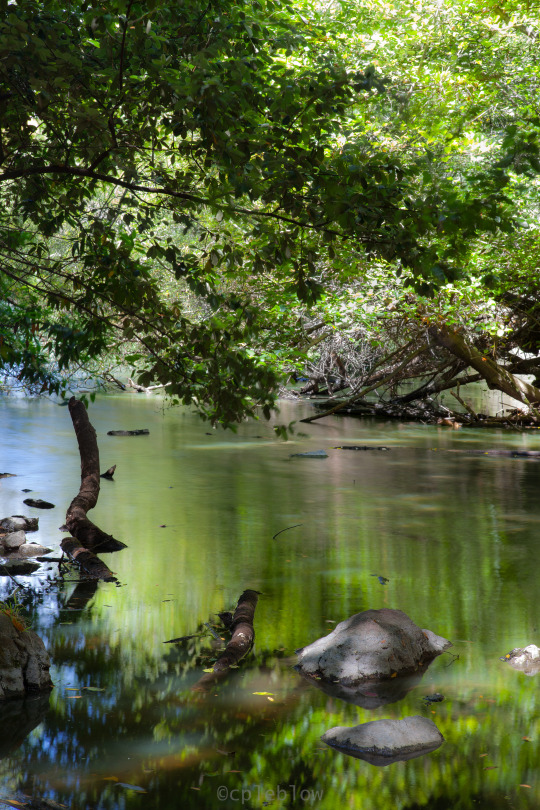
Lake Anza
Tilden Park in East Bay Hills
©cpleblow (2016)
106 notes
·
View notes
Text
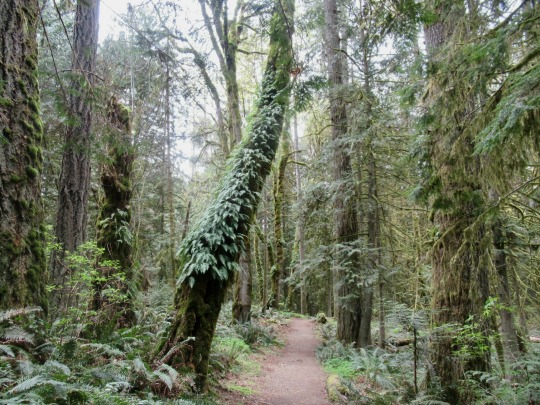
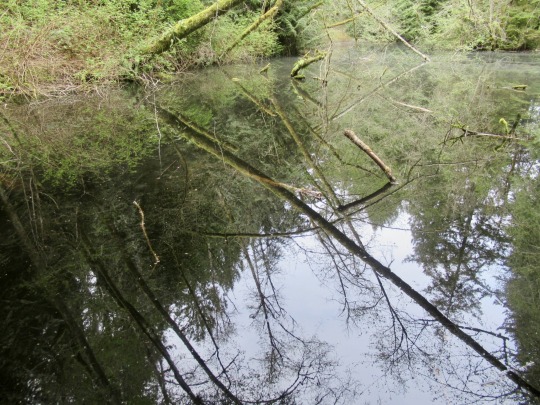


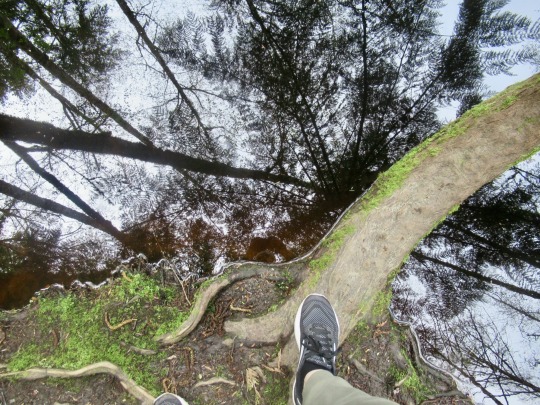

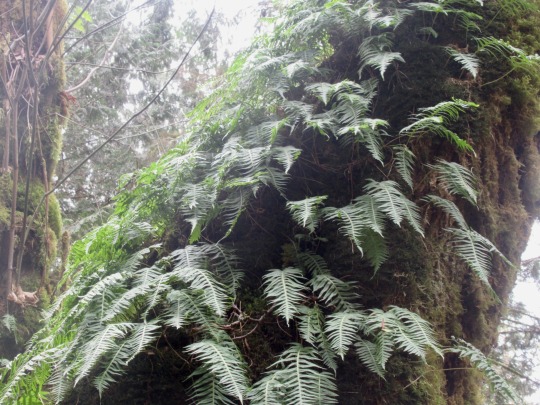

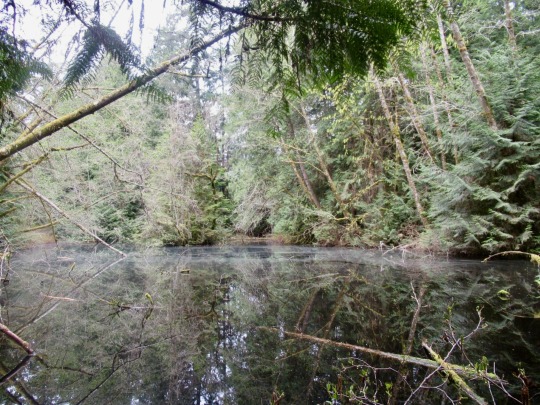
Grand Forest
4-5-24
#photography#original photography#nature photography#pond#lake#forest#trails#grand forest#grand forest east#grand forest west#pnw#bainbridge island#seattle#washington#washington state#west coast#moss
80 notes
·
View notes
Text

The East End of Buttermere
📸 by @pauljwillson
*Click on photo
28 notes
·
View notes
Text
can you imagine if richard papen had just gone to like. ucla
#as a californian from a town very similar to his: it’s so fucking funny to hear him talk about how much he hates california#he’s like if i had grown up in this east coast victorian lake house i would have loved it bc ca sucked out my soul#ok melodramatic#i don’t have any rich friends a creepy greek professor!! i’m stuck in CA forever!!#the secret history#donna tartt#(also note: i’m like 20% of the way in LOL don’t spoil anything please 🙏)
69 notes
·
View notes
Text

Yellow Hat.
52 notes
·
View notes
Text


Oakland, CA
#queue#photography#travel#travel photography#city#oakland#california#east bay#bay area#lake merritt#city lights
30 notes
·
View notes
Text
This weekend Norbert went north!
But not that far tbf, he is enjoying his evening in Brandenburg. Here huge areas are being destroyed for coal mining, not even stopping for villages and cities.


And if there nothing more to to mine and a lot of time passes some of those dig sites are being flooded.

16 notes
·
View notes
Text
How blatant of an antisemitic dog whistle is "East coat lawyers" ? (used by Kari Lake)
It has a lot of deniability, but I'm tired of that, I just want to track the depth of the rot.
23 notes
·
View notes
Text
The Resilience and Genius of Pat Martino: A Jazz Guitar Legend
Introduction:
Pat Martino, born Patrick Carmen Azzara eighty years ago today on August 25, 1944, in Philadelphia, Pennsylvania, was an American jazz guitarist whose career and life story are nothing short of extraordinary. Widely regarded as one of the greatest guitarists in jazz, Martino’s journey through the highs and lows of his career is a testament to his resilience, creativity, and…
#A Study of the Opposites and How They Manifest on the Guitar#All Sides Now#Baiyina (The Clear Evidence)#Billy Hart#Charles Earland#Consciousness#Dennis Sandole#Desperado#Don Patterson#East!#El Hombre#Interchange#Jack McDuff#James Moody#Jazz Guitarists#Jazz History#Joey DeFrancesco#John Coltrane#Joyous Lake#Les Paul#Live at Yoshi&039;s#McCoy Tyner#Pat Martino#Pat Martino/Live!#Remember: A Tribute to Wes Montgomery#Richard "Groove" Holmes#The Return#Think Tank#Wes Montgomery
9 notes
·
View notes
Text

Sometimes when I'm birdwatching
#sometimes when i’m birdwatching#things that aren’t birds#east pinery#a few weeks after I was here#it burned in the lake fire#not sure what it's like now#hoping for the best
14 notes
·
View notes
Photo
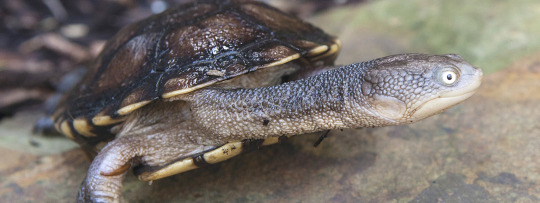
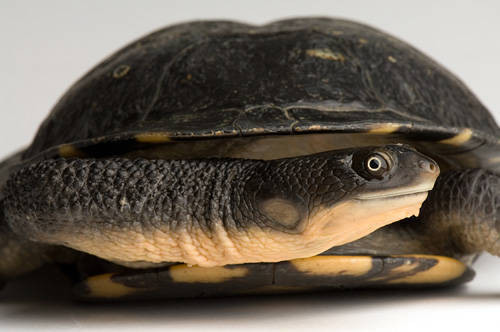
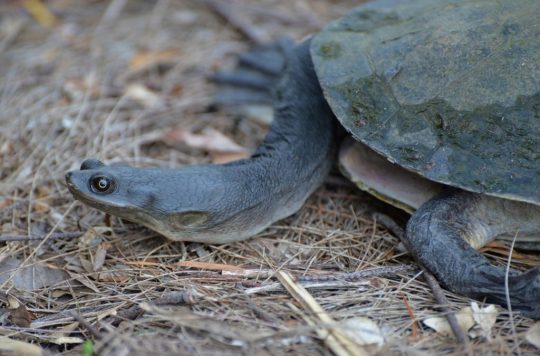

Get Along with the Eastern Long-necked Turtle
For my birthday, I’d like to focus on one of my favorite species: the eastern long-neck turtle (Chelodina longicollis). True to their name, they’re native to eastern Australia where they reside in a variety of habitats, including wetlands, streams, rivers, and dammed waters. In the winter when they become dormant-- a period known as estivation-- they can also be found under logs or leaf litter.
C. longicollis gets its common name from its unusually long neck, which is over half as long as its shell. Because of its length, the eastern long-neck turtle does not pull it directly back when threatened, but rather tucks its neck to the side for protection. The shell reaches about 28 cm (11 in) in length; the top is dark brown, but the underside has a distinctive orange and black pattern which varies from individual to individual. On average these turtles weigh 6 kg (13 lbs), although females are generally slightly larger and have a shorter, fatter tail.
The long neck of this species is useful primarily for finding food. The eastern long-neck turtle is carnivorous, feeding on aquatic invertebrates, fish, crustaceans, tadpoles, and carrion. Occasionally they also feed on terrestrial animals, mainly small amphibians and rodents. C. longicollis is an ambush predator, and its long neck allows it to strike quickly at prey. In turn, they are predated upon by a variety of animals, including larger lizards, snakes, birds of prey, foxes, and dingoes. The turtle’s shell provides an effective defense against these predators; in addition, individuals can emit a foul-smelling fluid from musk glands located near the base of the tail.
The eastern long-neck turtle is solitary. Individuals have large home ranges, and will frequently move when conditions become unsuitable. Territories can overlap, especially during the breeding season, which occurs from September to October. Males travel long distances to find females, and will often mate with more than one. Females lay their eggs from October to December in clutches of 8 to 24, in nests close to the water. The eggs take about 120 days to hatch, after which they are completely independent. Sexual maturity takes longer to reach than for other species; most individuals are only ready to mate at 7 to 12 years old, and can live up to 30 years in the wild. However, many hatchlings die long before then due to predation and high competition with other turtles.
Conservation Status: The IUCN has not evaluated the eastern long-neck turtle, although due to its large population and range it is considered Least Concern. Primary threats include habitat loss and predation by invasive red foxes (Vulpes vulpes)
If you like what I do, consider leaving a tip or buying me a kofi!
Photos
Rosie Nicolai
Joel Poyitt
Peter Storer
Joel Sartore
#eastern long-neck turtle#Testudines#Chelidae#snake-neck turtles#turtles#reptiles#wetlands#wetland reptiles#lakes#lake reptiles#rivers#river reptiles#freshwater fauna#freshwater reptiles#oceania#australia#east australia
348 notes
·
View notes